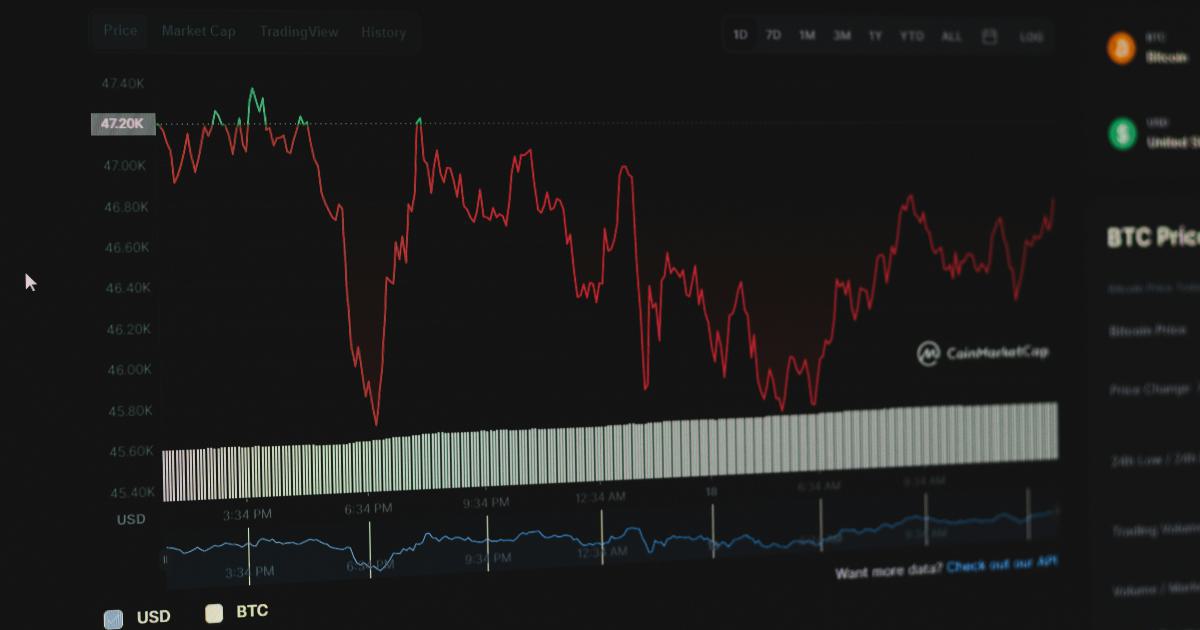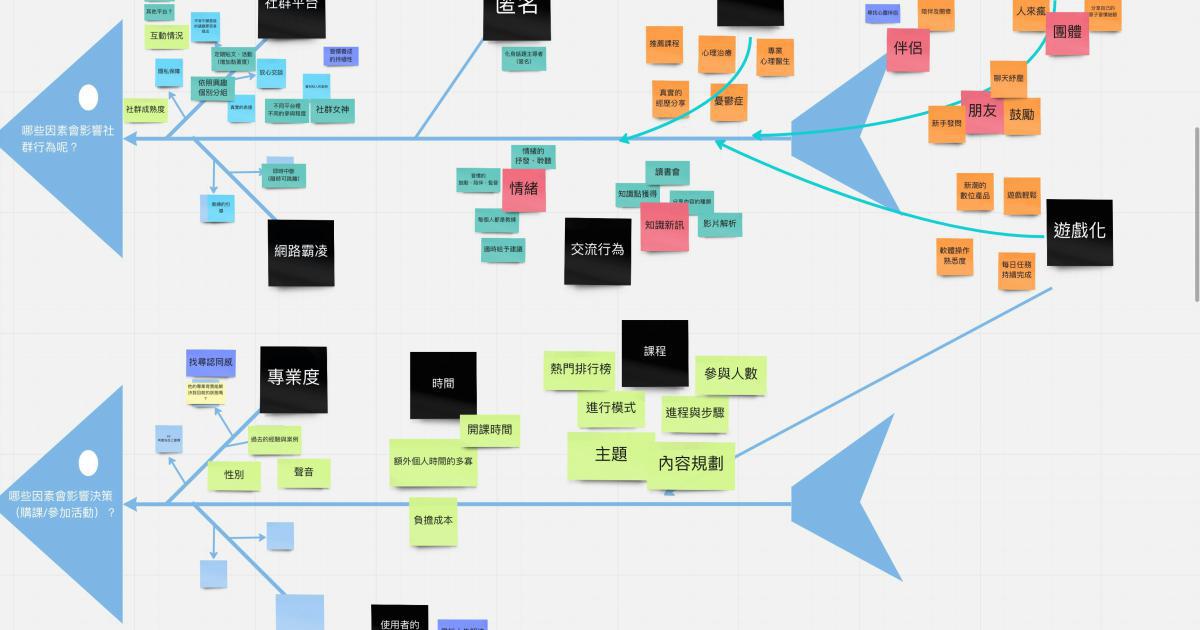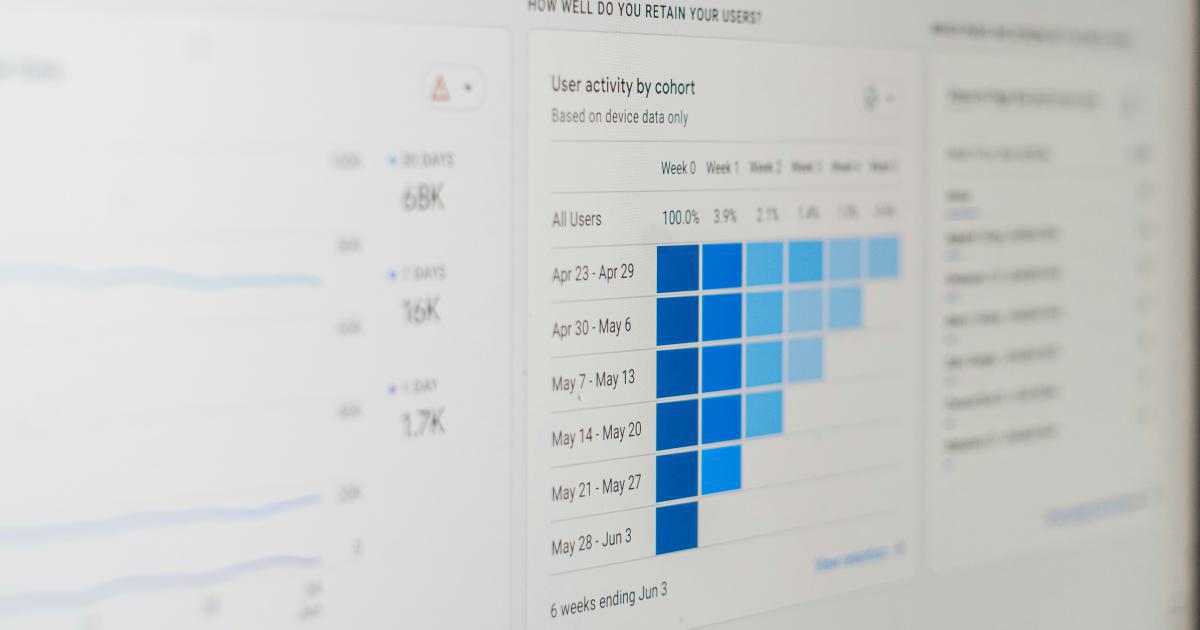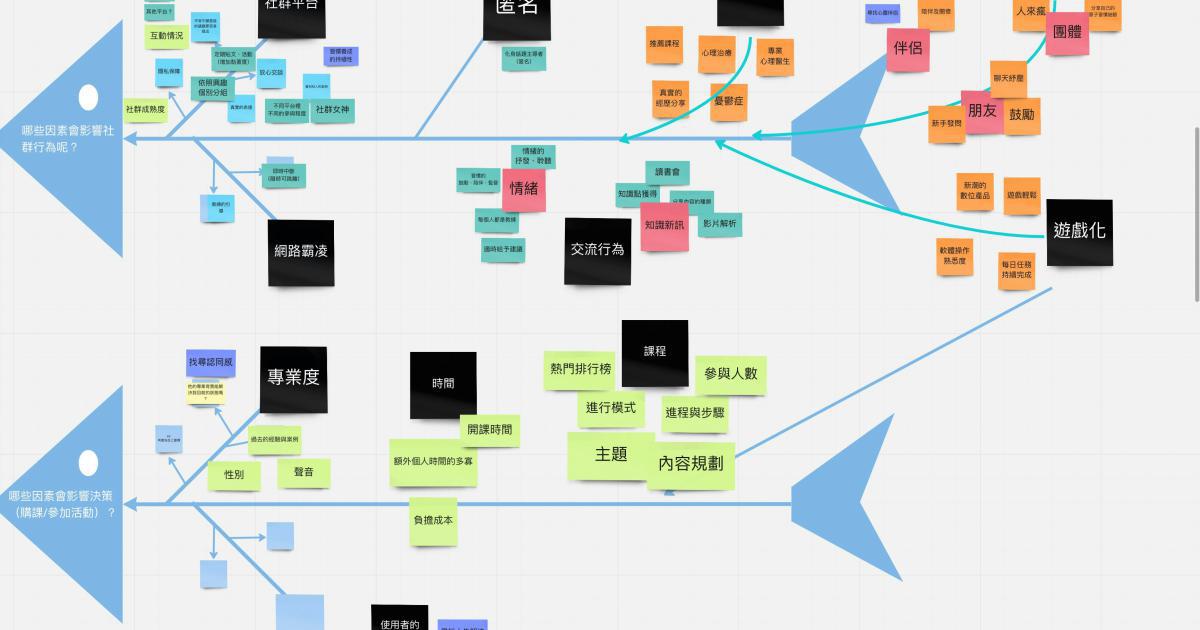Unmasking Header Bidding: What Impact on Ad Revenue?


The Rise of Header Bidding
In the ever-evolving world of digital advertising, one of the most significant developments in recent years has been the rise of header bidding. This innovative technique has transformed the way publishers sell their ad inventory, with profound implications for their ad revenue.
Header bidding is a programmatic advertising process that allows publishers to offer their ad inventory to multiple ad exchanges or demand-side platforms (DSPs) simultaneously, before making it available to their ad server (typically Google's DoubleClick for Publishers, or DFP). This approach stands in contrast to the traditional "waterfall" model, where publishers would sequentially offer their inventory to various ad networks and exchanges, often leading to suboptimal revenue.

By implementing header bidding, publishers can maximize the competition for their ad inventory, potentially leading to higher prices and increased ad revenue. The process works as follows:
When a user visits a publisher's website, the header bidding code is executed, which sends requests to multiple ad exchanges or DSPs.
These demand partners then bid on the available ad inventory, with the highest bid winning the impression.
The winning bid is then passed back to the publisher's ad server, which decides whether to accept the bid or not, based on the publisher's revenue optimization strategy.
This real-time, simultaneous bidding process allows publishers to extract the maximum value from their ad inventory, as opposed to the sequential, waterfall approach where lower-paying demand partners would often win impressions.
The Advantages of Header Bidding
The primary advantages of header bidding for publishers include:
Increased Competition and Higher Prices: By opening up their inventory to multiple demand partners, publishers can foster greater competition, resulting in higher bid prices and increased ad revenue.
Transparency and Control: Header bidding provides publishers with more transparency into the bidding process and more control over their ad inventory, allowing them to make more informed decisions about their monetization strategies.
Reduced Latency: With header bidding, the ad selection process happens in the user's browser, reducing the latency associated with the traditional waterfall model, which often involved multiple sequential ad calls.
Improved Yield: The combined effect of increased competition, higher prices, and reduced latency can lead to a significant improvement in a publisher's overall yield, or the amount of revenue generated per impression.

While header bidding has undoubtedly brought numerous benefits to publishers, it has also introduced new challenges and complexities that must be navigated carefully.
Navigating the Challenges of Header Bidding
Technical Complexity
Implementing header bidding can be a complex and time-consuming process, as it requires integrating with multiple demand partners, managing the implementation of the header bidding code, and ensuring the seamless operation of the entire system. This technical complexity can be a significant barrier for some publishers, especially smaller ones with limited resources.

Increased Page Load Times
The additional ad requests and processing required by header bidding can potentially increase the page load times for a publisher's website, which can have a negative impact on user experience and engagement. This is a critical issue, as slower page loads are known to drive higher bounce rates and lower overall ad revenue.
Managing Demand Partner Relationships
With header bidding, publishers must manage a more diverse set of demand partners, each with their own unique requirements, reporting, and payment terms. This can add complexity to the publisher's operations and require more resources to maintain these relationships effectively.
Header Bidding Wrappers and Header Bidding Partners
To help manage the technical complexity and mitigate the challenges of header bidding, many publishers have turned to header bidding wrappers and specialized header bidding partners. These solutions can provide a more streamlined and efficient way to implement and manage header bidding, but they also introduce additional costs and potential dependencies.

Optimization and Ongoing Management
Successful header bidding implementation requires continuous optimization and management to ensure that the system is running efficiently and effectively. This includes monitoring performance, adjusting demand partner configurations, and making strategic decisions about which partners to include or exclude from the bidding process.
The Impact of Header Bidding on Ad Revenue
Increased Competition and Higher Prices
The increased competition fostered by header bidding has been a significant driver of higher ad prices and improved revenue for publishers. By opening up their inventory to a wider range of demand partners, publishers can often command higher bids, leading to an overall increase in their ad revenue.

Improved Yield and Revenue
The combined effects of increased competition, higher prices, and reduced latency can result in a significant improvement in a publisher's overall yield and ad revenue. Many publishers have reported double-digit percentage increases in their ad revenue since implementing header bidding.
Challenges in Measuring and Attributing Revenue
While the overall impact of header bidding on ad revenue has been positive, it has also introduced new challenges in accurately measuring and attributing revenue. The increased complexity of the ad ecosystem, with multiple demand partners and various reporting mechanisms, can make it difficult for publishers to fully understand the impact of header bidding on their bottom line.

The Emergence of Header Bidding Optimization Strategies
As publishers have grappled with the challenges of header bidding, a range of optimization strategies and best practices have emerged to help them maximize the benefits of this technology. These strategies include:
Demand Partner Optimization: Continuously evaluating and optimizing the performance of individual demand partners, including adjusting bidding floors, exclusions, and other settings.
Header Bidding Wrapper Optimization: Optimizing the configuration and settings of header bidding wrappers to improve overall system performance and efficiency.
Latency Management: Implementing techniques to minimize the impact of header bidding on page load times, such as asynchronous loading, lazy loading, and server-side header bidding.
Revenue Attribution and Reporting: Developing robust reporting and analytics capabilities to accurately measure the impact of header bidding on ad revenue and make informed decisions.
Holistic Monetization Strategies: Integrating header bidding with other ad monetization tactics, such as direct sold campaigns, programmatic guaranteed, and private marketplace deals, to create a comprehensive and optimized ad strategy.

The Future of Header Bidding
As the digital advertising landscape continues to evolve, the role of header bidding is likely to continue to grow and adapt to new market conditions and technological advancements.
The Rise of Server-Side Header Bidding
One of the emerging trends in the header bidding space is the shift towards server-side implementation, which aims to address some of the challenges associated with client-side (browser-based) header bidding, such as increased page load times and browser compatibility issues.
Server-side header bidding involves moving the bid request and decision-making process to the publisher's server, rather than executing it in the user's browser. This approach can help reduce the impact on page load times and provide publishers with more control and flexibility over the bidding process.

Increased Adoption of Programmatic Guaranteed and Private Marketplaces
In addition to the growth of server-side header bidding, we are also witnessing an increased adoption of other programmatic strategies, such as programmatic guaranteed and private marketplaces. These approaches allow publishers to balance the benefits of header bidding with the advantages of more direct, controlled relationships with advertisers.

The Evolving Role of Supply-Side Platforms (SSPs)
As header bidding continues to evolve, the role of supply-side platforms (SSPs) is also likely to change. SSPs, which have traditionally acted as intermediaries between publishers and demand-side platforms, may need to adapt their offerings and strategies to remain relevant in the header bidding ecosystem.
This could involve the development of more sophisticated header bidding solutions, the integration of advanced analytics and optimization capabilities, and the exploration of new revenue models that align with the needs of both publishers and advertisers.

Increased Consolidation and Collaboration
As the header bidding landscape matures, we may see increased consolidation and collaboration among various players in the ecosystem. This could include mergers and acquisitions between demand-side platforms, supply-side platforms, and header bidding technology providers, as well as the formation of strategic partnerships and alliances to deliver more comprehensive and integrated solutions to publishers.

Conclusion
Header bidding has undoubtedly transformed the digital advertising landscape, offering publishers a more competitive and transparent way to monetize their ad inventory. While the implementation and management of header bidding can be complex, the potential rewards in terms of increased ad revenue and improved yield make it a valuable strategy for many publishers.
As the industry continues to evolve, we can expect to see further advancements and adaptations in header bidding technology, as well as the emergence of new strategies and best practices to help publishers maximize the benefits of this innovative approach to ad monetization.